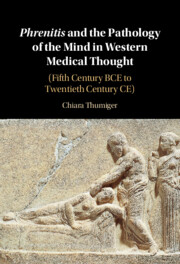The question of ‘what is a mental disorder?’ is central to the philosophy of psychiatry, and has crucial practical implications for psychiatric nosology. Rather than approaching the problem in terms of abstractions, we review a series of exemplars – real-world examples of problematic cases that emerged during work on and immediately after DSM-5, with the aim of developing practical guidelines for addressing future proposals. We consider cases where (1) there is harm but no clear dysfunction, (2) there is dysfunction but no clear harm, and (3) there is possible dysfunction and/or harm, but this is controversial for various reasons. We found no specific criteria to determine whether future proposals for new entities should be accepted or rejected; any such proposal will need to be assessed on its particular merits, using practical judgment. Nevertheless, several suggestions for the field emerged. First, while harm is useful for defining mental disorder, some proposed entities may require careful consideration of individual v. societal harm, as well as of societal accommodation. Second, while dysfunction is useful for defining mental disorder, the field would benefit from more sharply defined indicators of dysfunction. Third, it would be useful to incorporate evidence of diagnostic validity and clinical utility into the definition of mental disorder, and to further clarify the type and extent of data needed to support such judgments.
